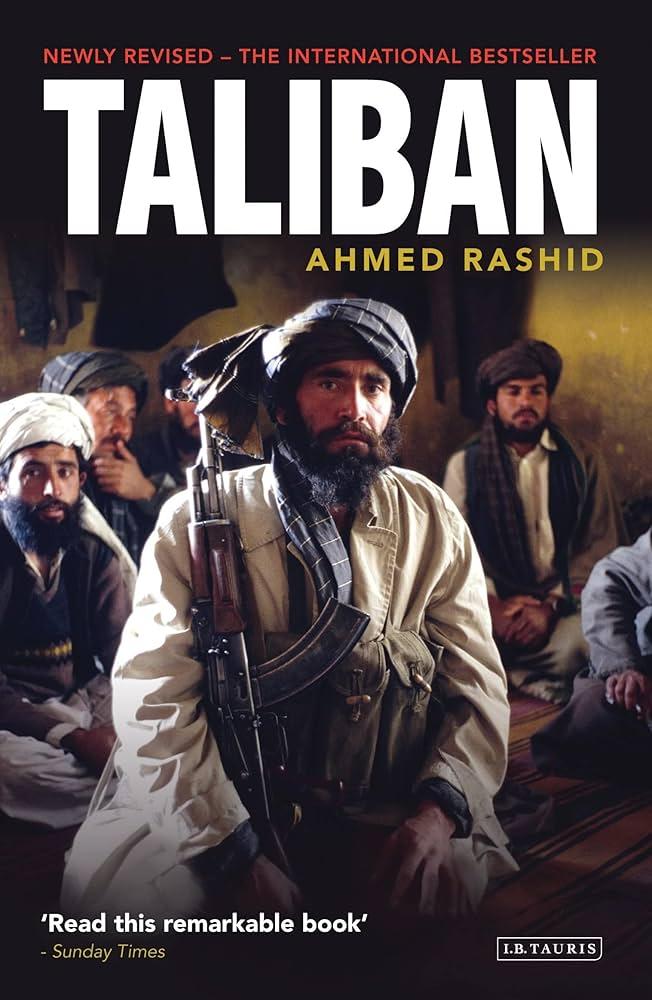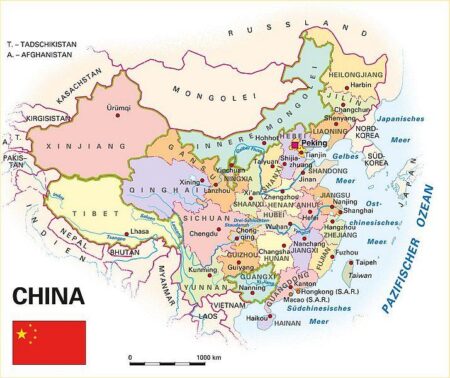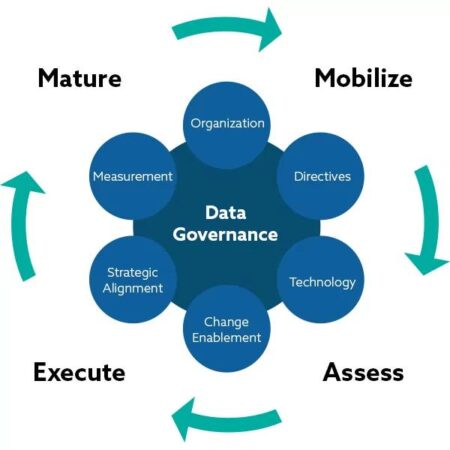As an Afghan Taliban minister embarks on his inaugural official visit to India, New Delhi faces a diplomatic quandary over how to officially acknowledge the delegation. The visit, marking a significant moment in Indo-Afghan relations since the Taliban’s takeover last year, has stirred debate within Indian government circles and on the international stage regarding the protocol to be followed, particularly concerning the display of the Taliban’s flag. This development underscores the delicate balancing act Delhi must perform amid competing pressures of engagement, recognition, and geopolitical strategy.
Afghan Taliban Minister’s Visit Poses Diplomatic and Protocol Challenges for India
India’s decision to host an Afghan Taliban minister for the first diplomatic visit since the group’s takeover has triggered a complex debate within official circles, especially over the issue of protocol and symbolism. While India seeks to maintain engagement with Afghanistan to protect its strategic interests, the recognition of Taliban authorities remains contentious. A central point of contention is whether the Taliban flag should be displayed during official ceremonies, given Delhi’s cautious stance on legitimizing the group as Afghanistan’s governing body. This flag dilemma underscores the broader diplomatic tightrope India is attempting to walk – balancing practical cooperation with its long-standing support for a democratic and inclusive Afghan government.
Officials are reportedly considering several options to navigate the diplomatic minefield, including:
- Displaying only the Indian national flag alongside no flag for the visiting delegation.
- Using the previous Afghan tricolor flag to avoid endorsing the Taliban’s black flag.
- Foregoing any flag display to sidestep potential diplomatic backlash.
Such protocol arrangements will not only set a precedent for India’s engagement with the Taliban regime but also influence wider international norms on recognition and diplomacy. The upcoming meetings and public interactions will be watched closely for subtle cues on Delhi’s long-term strategy in Afghanistan and its stance amid evolving regional dynamics.
Delhi Faces Symbolic Dilemma Over Flag Display Amid Sensitive Bilateral Engagement
Delhi finds itself navigating a delicate symbolism issue as the Afghan Taliban’s newly appointed minister begins his inaugural visit to India. The Indian government is caught between adhering to diplomatic protocol and managing domestic sensitivities, with the question of whether to officially display the Taliban flag sparking intense debate. While traditional state visits usually involve flag ceremonies, the unique nature of this bilateral engagement complicates standard procedures, reflecting the broader geopolitical and ethical challenges at play.
Officials have highlighted several factors contributing to the dilemma, including:
- Diplomatic courtesy: Displaying the flag could signify formal recognition, which India has avoided.
- Domestic reactions: Public opinion remains sharply divided on legitimizing the Taliban government.
- Regional implications: Neighboring countries are closely watching India’s stance.
The government’s final decision on the flag display is expected to set a precedent for future encounters, balancing pragmatism with political sensitivities.
| Aspect | Consideration | Impact |
|---|---|---|
| Flag Display | Protocol vs Political message | Diplomatic nuance |
| Public Sentiment | National acceptance | Domestic stability |
| Regional Relations | Neighboring scrutiny | Geopolitical signaling |
Balancing Diplomatic Engagement and National Sentiment Recommendations for India’s Approach
Navigating the intricate dynamics of diplomatic engagement with the Afghan Taliban while managing the pulse of public opinion in India calls for a nuanced strategy. Delhi must strike a delicate balance between asserting its geopolitical interests and respecting the sentiments of its diverse citizenry. This entails careful diplomatic choreography-engaging with Taliban representatives to address regional security and humanitarian concerns without projecting inadvertent endorsement. Maintaining clarity in official communications and symbolic gestures, such as the handling of flags and protocol during visits, is critical to avoid misunderstandings or political backlash domestically.
To manage this tightrope effectively, policymakers should consider a multifaceted approach:
- Contextual diplomacy: Employing clear messaging that underscores India’s commitment to stability and peace rather than political recognition.
- Public transparency: Keeping citizens informed about the objectives and limits of engagement to mitigate misinformation and speculation.
- Symbolic sensitivity: Adapting ceremonial practices to reflect India’s stance, possibly through calibrated use of national symbols.
- Stakeholder consultations: Involving opposition parties, civil society, and diaspora groups to build a consensus-driven approach.
| Consideration | Recommended Approach | Expected Outcome | |||||||
|---|---|---|---|---|---|---|---|---|---|
| Flag Protocol | Use neutral display options; avoid full official flag hoisting | Prevents public backlash; maintains diplomatic decorum | |||||||
| Media Engagement | Proactive press briefings emphasizing India’s policy goals |
Navigating the intricate dynamics of diplomatic engagement with the Afghan Taliban while managing the pulse of public opinion in India calls for a nuanced strategy. Delhi must strike a delicate balance between asserting its geopolitical interests and respecting the sentiments of its diverse citizenry. This entails careful diplomatic choreography-engaging with Taliban representatives to address regional security and humanitarian concerns without projecting inadvertent endorsement. Maintaining clarity in official communications and symbolic gestures, such as the handling of flags and protocol during visits, is critical to avoid misunderstandings or political backlash domestically. To manage this tightrope effectively, policymakers should consider a multifaceted approach:
|




